Did you know that Charlotte’s population has surged by over 15% in the last decade, making it one of North Carolina’s fastest-growing cities? The Queen City’s urban living scene isn’t just expanding—it’s redefining what it means to call Charlotte home. In this in-depth guide, you’ll uncover the key trends, must-know neighborhoods, and expert observations driving this remarkable transformation. Whether you’re a young professional, a growing family, or considering a change of pace, urban living Charlotte NC offers more than ever before.
Exploring Urban Living Charlotte NC: A Surprising Shift in the Queen City
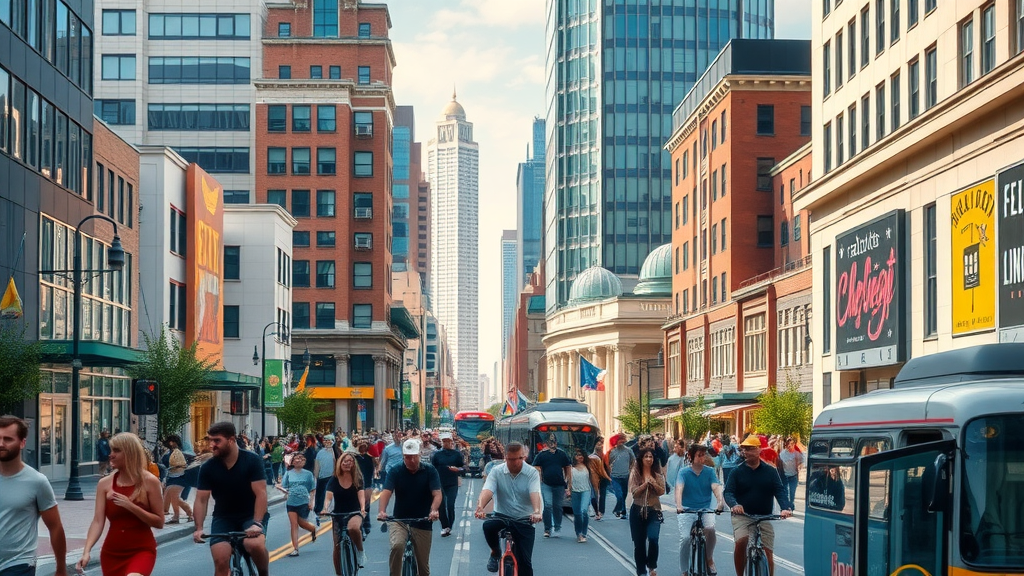
Charlotte has evolved dramatically, rising from a traditional southern hub to a leader in urban living and innovation. This vibrant city is experiencing a powerful shift—the downtown population is booming, fueled by a wave of newcomers who crave walkable communities, modern apartments, and a bustling city lifestyle. The combination of historic charm and sleek new development highlights why so many are abandoning suburban sprawl in favor of urban apartments and condos in the heart of the city.
- Charlotte’s population has grown by over 15% in the past decade, making it one of the fastest-growing urban centers in North Carolina.
“Charlotte’s transformation into a vibrant urban hub is rewriting what it means to live in the Queen City.” – Urban Development Expert
- Discover how urban living Charlotte NC is attracting young professionals, families, and empty nesters alike.
With the rise of modern urban apartments , converted lofts, trendy eateries, and new bike lanes, the queen city’s appeal is undeniable. The lifestyle has shifted from exclusive cul-de-sacs to vibrant neighborhoods where everything you need is steps away. This change isn’t accidental—it’s the result of purposeful development, a strong local business scene, and initiatives that draw in people from across North Carolina and beyond.
What Makes Urban Living Charlotte NC Unique?
- Connection to ‘Queen City’ heritage; Walkable urban neighborhoods like South End and Myers Park; State-of-the-art urban apartments.
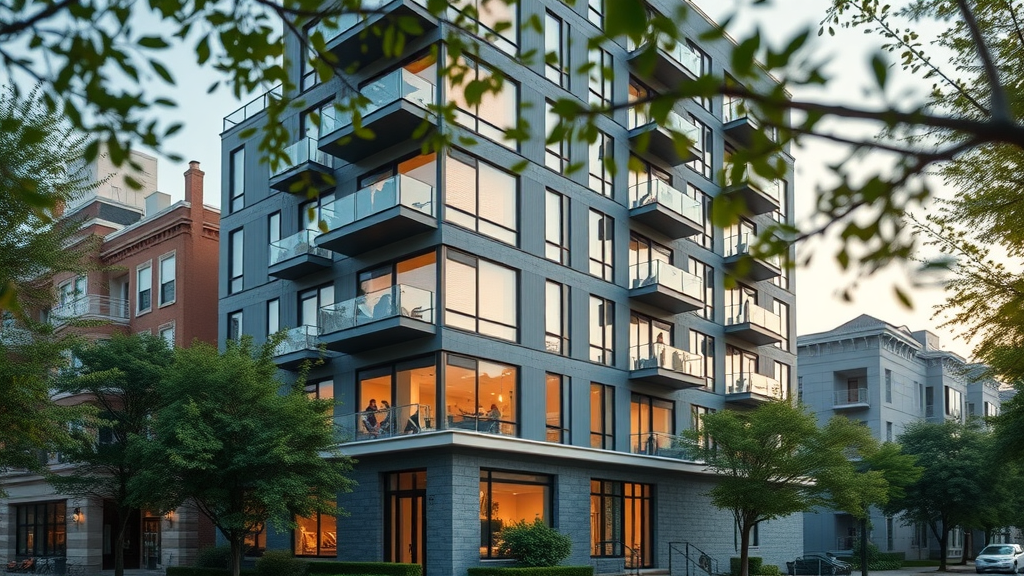
- Benefits of modern urban living: walkability, convenience, access to amenities
One of the defining features of urban living Charlotte NC is its deep-rooted connection to the city’s heritage while embracing contemporary lifestyles. Neighborhoods like South End blend historic industrial architecture with innovative, state-of-the-art urban apartments . Living in these communities means you can soak up the Queen City’s character without sacrificing modern comforts—think high-efficiency buildings, smart home features, and vibrant green space.
Residents enjoy unmatched convenience, thanks to easy access to uptown jobs, local businesses, and entertainment hot spots like Spectrum Center and renowned eateries. With walkable streets, excellent schools , access to the light rail, and lively parks, everything you need is within reach—appealing especially to young professionals, families, and empty nesters seeking a connected, fulfilling lifestyle.
Urban neighborhoods in Charlotte emphasize a sense of community rarely found in sprawling suburbs. Myers Park offers leafy boulevards and historic mansions, while South End thrives with street art, food halls, and a thriving nightlife. This unique mixture of tradition and modernity is attracting a diverse range of residents who all find a place for their lifestyle in the Queen City.
Essential Insights: What You’ll Gain from Urban Living in Charlotte NC
- Understand the latest trends in urban living in the Queen City
- Learn about top neighborhoods, cost of living, and emerging communities
- Discover how new developments are shaping lifestyle and investment potential
Diving into urban living Charlotte NC brings more than a change of address—it offers the opportunity to be part of a dynamic, evolving community. City dwellers have front-row seats to trends shaping the Queen City, including the rise of mixed-use developments, innovative public transit solutions, and a growing focus on sustainability.
You’ll discover which neighborhoods deliver the best balance of accessibility, culture, and value. Plus, you’ll gain a real-world understanding of the cost of living , popular floor plan options, and what it takes to invest in or rent a prime urban apartment . Knowing these elements can help you choose an area that matches your lifestyle—from up-and-coming University City to bustling South End or the upscale corners of Myers Park.
Urban living here also opens doors to future growth and investment. The demand for high-quality apartments, green space, and easy access to work and play means the Queen City’s best neighborhoods are evolving—and the time to make your move is now.
A Snapshot of North Carolina’s Urban Growth and Living in Charlotte
| City | Population Growth (10 yrs) | Median Household Income | Average Urban Housing Cost |
|---|---|---|---|
| Charlotte | +15.2% | $68,367 | $2,150 (apartment rent)/$420K (buy) |
| Raleigh | +14.0% | $67,266 | $1,800 (rent)/$395K (buy) |
| Durham | +13.6% | $64,813 | $1,700 (rent)/$340K (buy) |
| Greensboro | +10.9% | $52,162 | $1,380 (rent)/$275K (buy) |
As seen above, Charlotte’s growth outpaces its peers across North Carolina. With strong incomes and a robust housing market, urban living Charlotte NC stands apart for both its opportunities and its competitive edge. Residents enjoy easy access to jobs, vibrant nightlife, and game-changing projects ranging from light rail expansion to green space revitalization.
Understanding the Cost of Urban Living Charlotte NC
Cost of Living: Renting and Buying Urban Apartments in Charlotte
- Factors impacting rent and home prices in urban living Charlotte NC , including taxes, utilities, and amenities

A top concern for anyone considering living in Charlotte centers on affordability and cost of living. Housing costs reflect a premium for city-centric lifestyles—with rents and purchase prices varying by neighborhood. Key factors determining these prices include proximity to uptown, public transit like the light rail , local taxes, utilities, and amenity packages (pools, gyms, pet policy, and concierge services).
Urban apartments in South End and Uptown are priced higher due to their prime locations and features. Compare that to University City, where affordability draws students, faculty, and families looking for great deals and easy access. While costs have risen city-wide, residents find value in the amenities, walkability, and social advantages that come with city life.
Taxes and utility rates can have a significant effect on monthly costs. Many new urban apartments now include green initiatives such as energy-saving appliances, shared green space, and recycling programs—helping to offset some expenses.
| Neighborhood | 1-Bedroom Apt | 2-Bedroom Apt | Condo/Townhome |
|---|---|---|---|
| South End | $2,120 | $2,780 | $3,200 |
| Myers Park | $1,950 | $2,650 | $2,900 |
| University City | $1,520 | $1,880 | $2,100 |
While apartment rents have trended upward, Charlotte remains more accessible than many other major urban centers, offering excellent floor plan variety and modern amenities.
The Queen City’s Trendiest Urban Neighborhoods
South End: The Heart of Urban Living Charlotte NC
- Live-work-play communities, streetcar access, booming nightlife
South End has emerged as the poster child for urban living in Charlotte . Renowned for its art scenes, breweries, and ever-present sense of excitement, it offers everything from newly built urban apartments to classic lofts. The area’s live-work-play communities mean you can stroll to work, grab a bite, meet friends for drinks, and hit a fitness studio—all without getting in a car.
The arrival of the light rail and streetcars has transformed South End into an interconnected, vibrant district. Residents have easy access to uptown Charlotte, the heart of the Queen City, and cultural hotspots that fuel the city’s creative energy. With its blend of historic mill buildings and cutting-edge design, there’s a floor plan for every taste—from open-concept studios to luxury multi-bedroom layouts.
Young professionals flock here for the buzzing nightlife, dog-friendly hangouts, and top-rated co-working spaces. With constant new development, South End feels cutting-edge, but its welcoming atmosphere makes everyone feel like their home awaits .
Uptown and Myers Park: Luxury Urban Apartments and Community Living
- Upscale condos, parks, historic charm
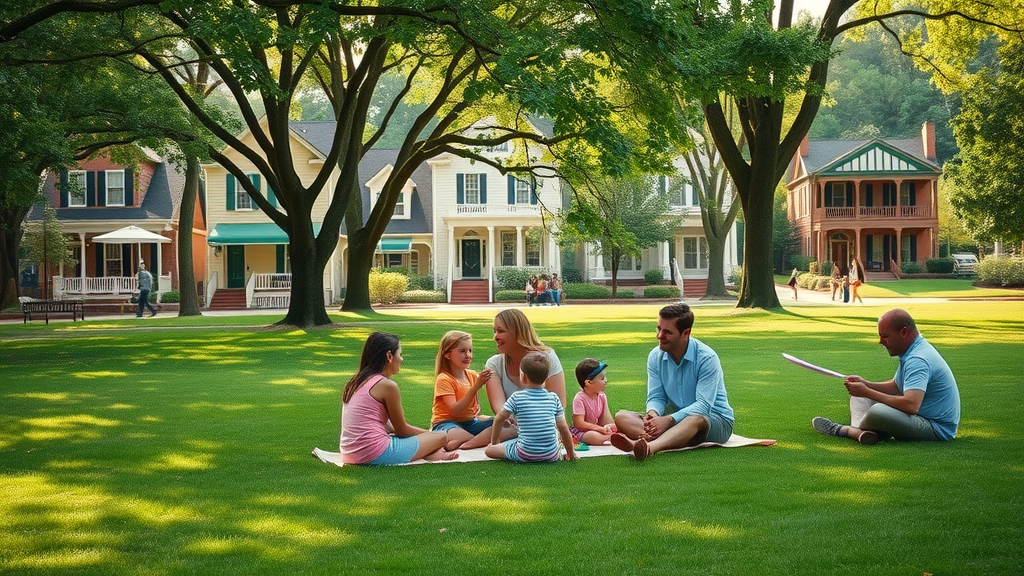
Uptown Charlotte and Myers Park are where classic charm meets luxury urban living . Uptown boasts iconic skyscrapers, business headquarters, and premier cultural destinations—yet it also houses intimate coffee shops and pocket parks. Home to the Spectrum Center and lush green space, Uptown offers a cosmopolitan lifestyle in the heart of Charlotte.
Myers Park stands out for its stately canopies, iconic historic homes, and peaceful, family-friendly appeal. With its wide boulevards, renowned schools, and green parks, it remains one of Charlotte’s best neighborhoods for those seeking neighborhood tranquility and elegant urban apartments . Both districts provide a diverse array of floor plan options, from sleek apartments to sprawling family homes.
Access to amenities like the Charlotte Douglas International Airport, healthcare hubs, prestigious schools, and arts centers adds to the allure. Whether you’re new to the city or a longtime resident, these communities beautifully embody the Queen City’s unique mix of tradition and modern ambition.
University City: Affordable Urban Living with a Campus Vibe
- Proximity to universities, family-friendly parks, growing developments
For those seeking affordability, convenience, and energy, University City is a top pick for living in Charlotte . This district surrounds UNC Charlotte and seamlessly blends campus life with the perks of urban living. The cost of urban apartments is lower than in South End or Myers Park, yet residents enjoy green space, local business growth, and well-planned, family-friendly developments.
University City appeals to students and professionals alike with its medley of parks, restaurants, and entertainment venues. Expansion of the light rail into this area has made transit to Uptown and other job centers easier than ever—boosting demand and continually upgrading housing options with contemporary floor plan styles and smart amenities.
The area thrives on diversity, growth, and accessibility. Families are choosing University City for its balance of community, affordability, and future-facing growth, embracing the best of both urban excitement and residential peace.
Advantages of Urban Living Charlotte NC Over Suburban Options
- Walkability, cultural access, public transit, and sustainable design compared to North Carolina suburbs
“Urban living in Charlotte means being steps away from the city’s best, without sacrificing comfort or convenience.”
Urban living Charlotte NC delivers distinct advantages over suburban life: unparalleled walkability, seamless public transit via the light rail and streetcar, and instant access to cultural events. Residents skip long commutes and traffic jams, enjoying regular farmers’ markets, arts festivals, and music at every turn.
The city’s push toward sustainable design, with eco-friendly buildings and expanding green space initiatives, supports an environmentally conscious lifestyle. Compared to sprawling North Carolina suburbs, city residents spend less time in traffic and more time experiencing all that the Queen City offers—doubling down on both productivity and leisure.
Easy access to the Charlotte Douglas International Airport , diverse dining, a thriving local business scene, and top-rated city schools mean your options are practically limitless. Charlotte’s best urban neighborhoods also foster a strong sense of belonging, making it easier for newcomers to plug into dynamic professional, recreational, and social networks.
Challenges Faced by Urban Living Charlotte NC Residents
- Traffic congestion, rising cost of living, affordability, and property taxes
- City initiatives to address housing and transportation challenges

While urban living Charlotte NC offers countless benefits, it isn’t without hurdles. Traffic congestion, parking scarcity, the rising cost of living, and property taxes can be everyday headaches. With population growth, demand for affordable family homes and urban apartments sometimes outpaces supply—leading to increased competition, bidding wars, and greater income requirements.
Charlotte leaders are proactively addressing these issues. New initiatives include affordable housing projects, expanded public transit options, and efforts to ease property tax burdens. Transit plans support easier commutes and encourage more sustainable, less car-dependent lifestyles. Comprehensive city planning also requires a balance between the rapid pace of development and the preservation of Charlotte’s unique neighborhood cultures.
For residents, understanding these challenges and participating in local neighborhood associations (such as those in South End, Myers Park, or University City) can yield real benefits—like early notice about affordable housing lotteries, updates on safety initiatives, and opportunities to advocate for positive change.
Getting the Most from Urban Living Charlotte NC: Tips for New Residents
- Key resources: neighborhood associations, transit options, newcomers’ events
- How to find the best deals on urban apartments and amenities
If you’re moving to urban living Charlotte NC , knowledge is power. Start by connecting with local neighborhood associations—they offer resources for everything from trash pick-up schedules and crime stats to zoning changes and local business spotlights. Familiarize yourself with CATS (Charlotte Area Transit System), which provides detailed info on bus routes, light rail schedules, and fare discounts.
Finding the best deals on urban apartments takes research and diligence. Follow online listing platforms, sign up for property alerts in South End, Myers Park, or University City, and join networking groups on social media. Many apartment communities host open houses or move-in specials—perfect for scoring below-market rent or added amenities. Don’t overlook word-of-mouth: ask new friends or colleagues about their experiences and recommendations.
Attending newcomers’ mixers, local cultural festivals, and “First Friday” events can help you integrate quickly and discover hidden gems in your chosen Charlotte neighborhood . Take time to explore green spaces, sample local business offerings, and connect with community centers for recreational and educational opportunities.
Video Walkthrough: Urban Apartments and Neighborhoods in Charlotte NC
- Explore a curated video tour featuring South End, Myers Park, and Uptown urban apartments
For those who want a feel for Charlotte’s best neighborhoods before moving, take advantage of curated video tours online. These immersive videos walk you through luxury urban apartments in South End, elegant streetscapes in Myers Park, and the soaring vistas of Uptown Charlotte. You’ll see firsthand the floor plans, amenities, and overall vibe that define each district—helping you make an informed choice before you even visit in person.
Most property management companies, realtors, and local influencers regularly post virtual tours and “day-in-the-life” content. This is an excellent way to scope out your future home—from pet policy highlights to community events. Watching these videos can also reveal insider tips about local businesses, nearby green space, or family-friendly activities not found in traditional apartment listings.
Don’t forget to subscribe to Charlotte’s urban living channels and community forums. These platforms keep you updated on upcoming developments, city projects, and neighborhood changes—making your urban transition smoother and more enjoyable.
People Also Ask: What salary is needed to live comfortably in Charlotte, NC?
- A breakdown of income requirements and budgeting for urban living Charlotte NC, factoring in housing, transportation, and lifestyle costs
To live comfortably in urban living Charlotte NC , a single professional should expect to earn at least $60,000 to $75,000 annually , which covers average apartment rent, utilities, transportation (including light rail fare or parking), and basic lifestyle expenses. For families, a combined income closer to $100,000–$120,000 is more realistic, especially in popular areas like South End or Myers Park.
When budgeting, factor in city-level cost-of-living items: housing ($20,000–$40,000/year depending on apartment type), transportation, groceries, health insurance, and discretionary spending on dining, entertainment, or gym memberships. Urban neighborhoods may have higher amenities fees but also save you time and money on commutes and car expenses.
Financial comfort also depends on personal debt load, family size, and desired lifestyle. Use online cost-of-living calculators to compare urban vs. suburban costs before committing. Living in Charlotte offers both affordable and luxury options to match a wide spectrum of incomes.
People Also Ask: What is the best area in Charlotte, NC to live in?
- Analysis of top urban living Charlotte NC neighborhoods, including safety, amenities, and transportation
Choosing the best area depends on your priorities. South End shines for nightlife, modern apartments, and direct light rail access—ideal for young professionals. Myers Park consistently ranks highest for safety, scenic beauty, and historic homes, appealing to families and anyone seeking tranquility with urban convenience.
Uptown Charlotte is best for those craving a high-energy, walkable environment with access to business centers and cultural attractions. University City stands out for affordability, proximity to schools, and strong family appeal. Each of these top neighborhoods features a distinct blend of amenities, public transit options, and community style.
For those valuing safety, easy access to parks, and historic charm, Myers Park is often the top choice. If nightlife and job opportunities matter most, South End or Uptown cannot be beat. With new mixed-use and green space projects, more areas are quickly gaining popularity—so stay tuned to the latest developments.
People Also Ask: What are the biggest issues in Charlotte, NC?
- Evaluating key citywide challenges: affordable housing, public transit development, and urban sprawl
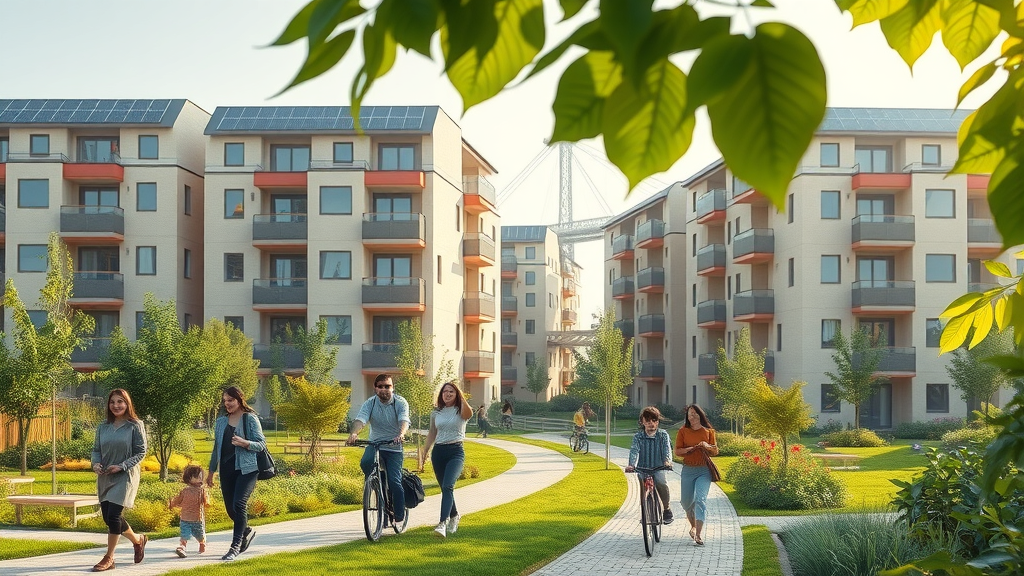
Like many thriving cities, Charlotte faces significant challenges. Chief among them are affordable housing shortages , traffic congestion, and ongoing urban sprawl that threatens green space. The cost of urban apartments and family homes has climbed in tandem with demand, putting strain on lower- and middle-income families.
Another pressing issue is public transit. While the light rail’s expansion helps, continued investment is needed to connect more neighborhoods and reduce car dependence. Urban sprawl, though less severe than in some southern cities, persists—prompting smart growth and sustainability initiatives from city leaders and developers.
Residents and planners are working together to solve these problems through creative housing solutions, zoning changes, and prioritizing walkable, mixed-use development. Staying informed and involved with your local neighborhood association amplifies your voice as these changes unfold.
People Also Ask: What is the safest part of Charlotte NC to live in?
- Safety rankings and police initiatives in Myers Park, Dilworth, and other prime urban living Charlotte NC neighborhoods
Myers Park , Dilworth, and certain sections of South End consistently rank among the safest areas for urban living in Charlotte. These neighborhoods benefit from strong community associations, dedicated police patrols, and active engagement with city leaders. Regular neighborhood watch meetings, safety audits, and the presence of public parks enhance the sense of security.
Many urban apartment buildings in these areas have added gated access, security cameras, and controlled entry for peace of mind. Families moving to Charlotte often prioritize finding homes in these districts for their proximity to top schools, scenic parks, and a strong tradition of neighborly support.
Before relocating, review updated crime maps, connect with local police liaisons, and attend open houses to get a true sense of neighborhood safety and community vibe.
Sustainability and Smart Growth: The Future of Urban Living in Charlotte NC
- Green construction, smart public transit, mixed-use developments in urban apartments
“Charlotte’s urban core is a model for smart growth in North Carolina — where progress meets tradition.”
The future of urban living Charlotte NC is focused on blending growth with sustainability. New construction prioritizes eco-friendly materials, solar panels, and energy-efficient appliances. Mixed-use developments encourage people to live, work, and shop in one place—cutting down on commutes and supporting a thriving local business ecosystem.
Public transit continues to expand, with investments in light rail, bus rapid transit, and cycling infrastructure to promote a healthier, greener city. Many new apartment communities incorporate rooftop gardens, shared green space, and car-free “pocket neighborhoods” to enhance livability and minimize environmental impact.
Charlotte’s path forward will combine smart growth with respect for historic character, ensuring the Queen City remains North Carolina’s leader in urban innovation, opportunity, and sustainable design.
Comparing Urban Living Charlotte NC With Major US Cities
| City | Avg. Rent (1BR Apt) | Walkability Score | Housing Inventory | Median Household Income |
|---|---|---|---|---|
| Charlotte, NC | $2,000 | 41 | High (new dev.) | $68,367 |
| Atlanta, GA | $2,350 | 48 | Moderate | $69,164 |
| Austin, TX | $2,610 | 41 | Low (tight market) | $78,965 |
| Nashville, TN | $1,950 | 28 | Moderate | $67,199 |
Compared to peer cities, urban living Charlotte NC balances affordability, steady housing inventory, and a rapidly improving walk score. While not as walkable as Atlanta yet, Charlotte’s mix of historic neighborhoods and modern apartments offers both character and convenience—continuing to rise as a national urban living destination.
Video Spotlight: Residents Share Their Urban Living Charlotte NC Stories
- Short resident interviews highlighting community perks, social life, and neighborhood diversity
Charlotte’s urban dwellers rave about the social scene, neighborhood diversity, and easy access to cultural amenities. Residents often cite strong friendships formed at local events, the pride in supporting local business, and the city’s welcoming attitude—making it easy for newcomers to feel right at home.
Video testimonials from residents of South End, Myers Park, and University City often focus on favorite floor plans, the joys of green space, and the many opportunities to connect with others in the Queen City. Whether it’s sharing dog park stories or highlighting a favorite coffee spot, personal experiences reveal exactly why living in Charlotte is so rewarding.
Tune into local social media and neighborhood channels for authentic insights into what makes each district unique, and why Charlotte stands out among North Carolina’s leading cities for urban living.
FAQs on Urban Living Charlotte NC
- Is parking available for urban apartments in Charlotte? Yes, most urban apartments offer on-site or nearby parking options, though availability and cost vary by neighborhood. Some communities include reserved spaces or covered parking as part of the lease, while others may offer paid garage or street parking. Always check with your building for specific parking arrangements before signing a lease.
- What family-friendly urban neighborhoods exist? Myers Park, Dilworth, University City, and Elizabeth are top picks for families in urban living Charlotte NC . These areas offer excellent schools, abundant parks, and a mix of historic and modern family homes designed for space, convenience, and safety. Family-friendly events, playgrounds, and cultural centers abound in these neighborhoods.
- Do Charlotte urban apartments allow pets? Many apartments in Charlotte enforce a pet policy that allows cats and dogs, often with a deposit or monthly pet fee. Some buildings have breed or size restrictions, while others feature dog parks, pet washing stations, and other amenities. Always review the specific pet policy of your desired community before moving in.
Maximizing Your Urban Living Charlotte NC Experience: Final Thoughts and Expert Recommendations
Plug into neighborhood resources, keep up with city initiatives, and leverage online tours to pick your perfect urban apartment . Engage with your community, plan for growth, and enjoy the best of what Charlotte’s urban living scene offers.
 Add Row
Add Row  Add
Add 


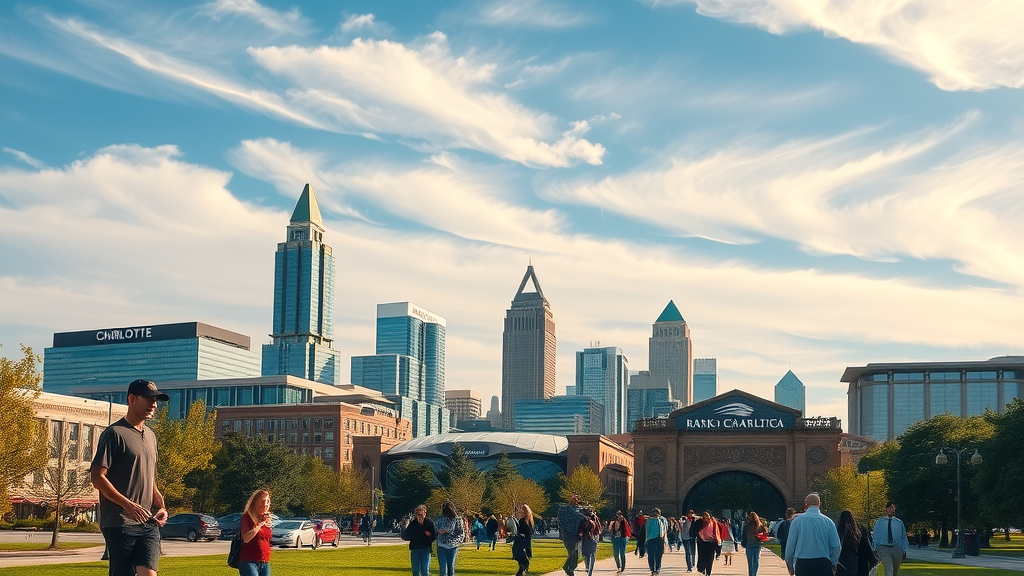
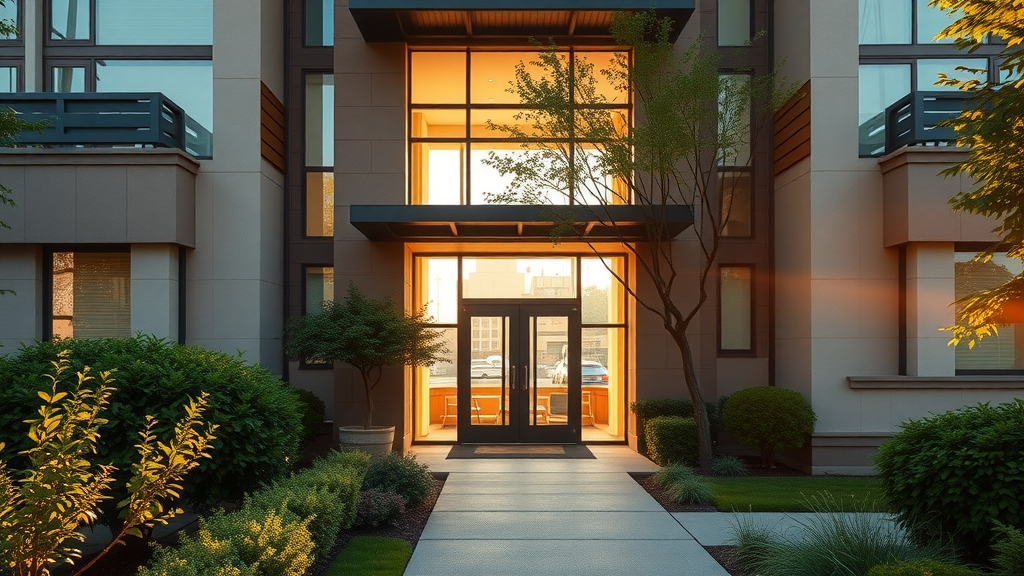
Write A Comment